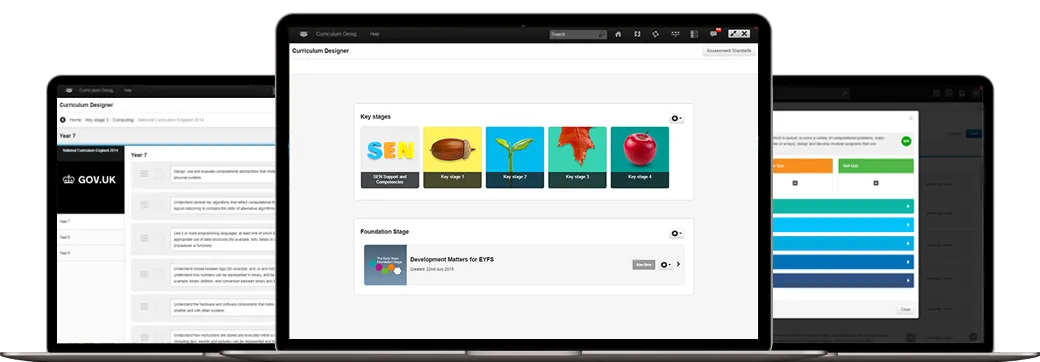Advice and Support
There’s good advice and support available from education experts and fellow schools who’ve already started on their curriculum journey.
“Our curriculum is now our progress”
Nick House,Headteacher
Greenshaw High School
Curriculum Designer
Our Curriculum Designer solution available in FrogProgress and FrogLearn platforms has been developed with the backing of Education Advisor, Mick Walker, who’ has years of experience presenting a case for Life Without Levels. As a result, we have produced a unified solution that allows schools to design, build and refine their own curriculum.

Here’s 5 Steps to get you started on your curriculum journey:

Take a moment to review what you have already. Look at what's working and what isn't. Identify people you can involve going forward.

Now's the time to focus on what you're going to teach as a whole school. It's a fantastic opportunity to get every teacher around the table and plan what you're going to teach each child throughout their education.

Once you have agreed what you will be teaching, start to define what success looks like and the reports you will produce. Setting Key Performance Indicators (KPIs) for each relevant learning objective will help focus on the most important areas. Keep referring to your principles to ensure everything is inline.

For the process to be successful you'll need a robust standardisation and moderation process. This ensures assessment is reliable, fair and consistent. Knowing ‘what good looks like’ means you can establish a common standard for assessed work, as your exemplar materials.










